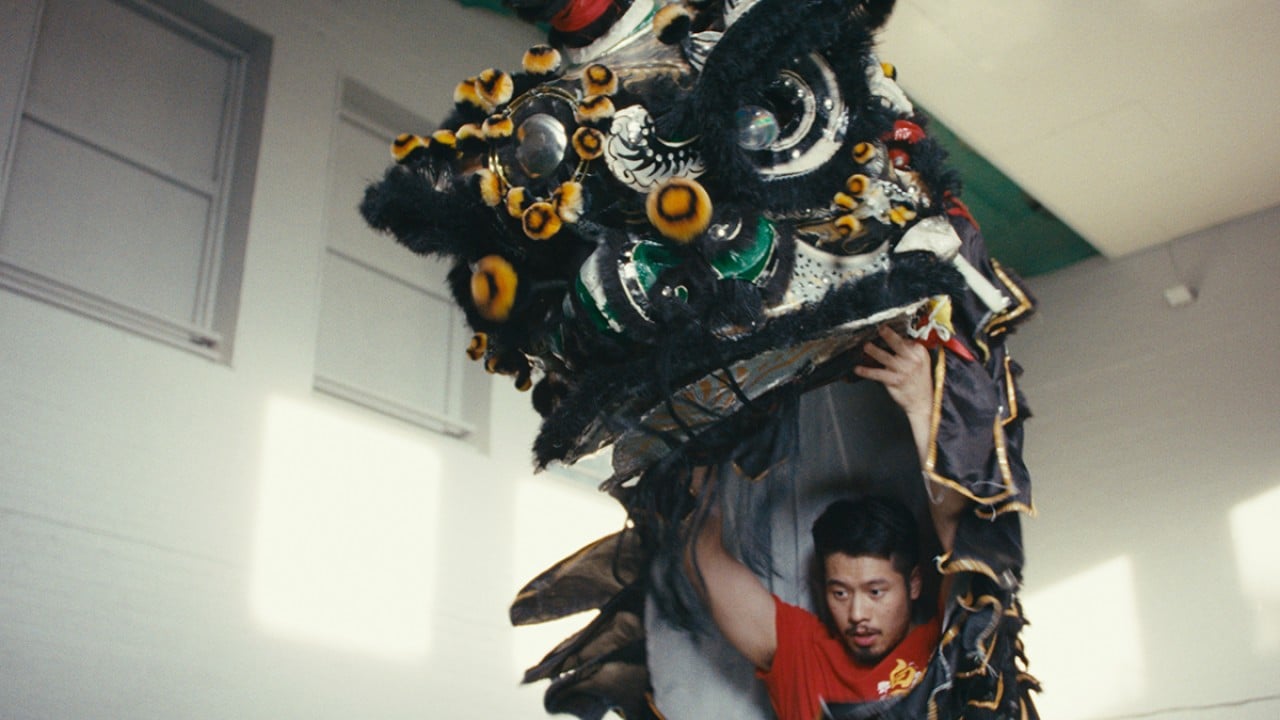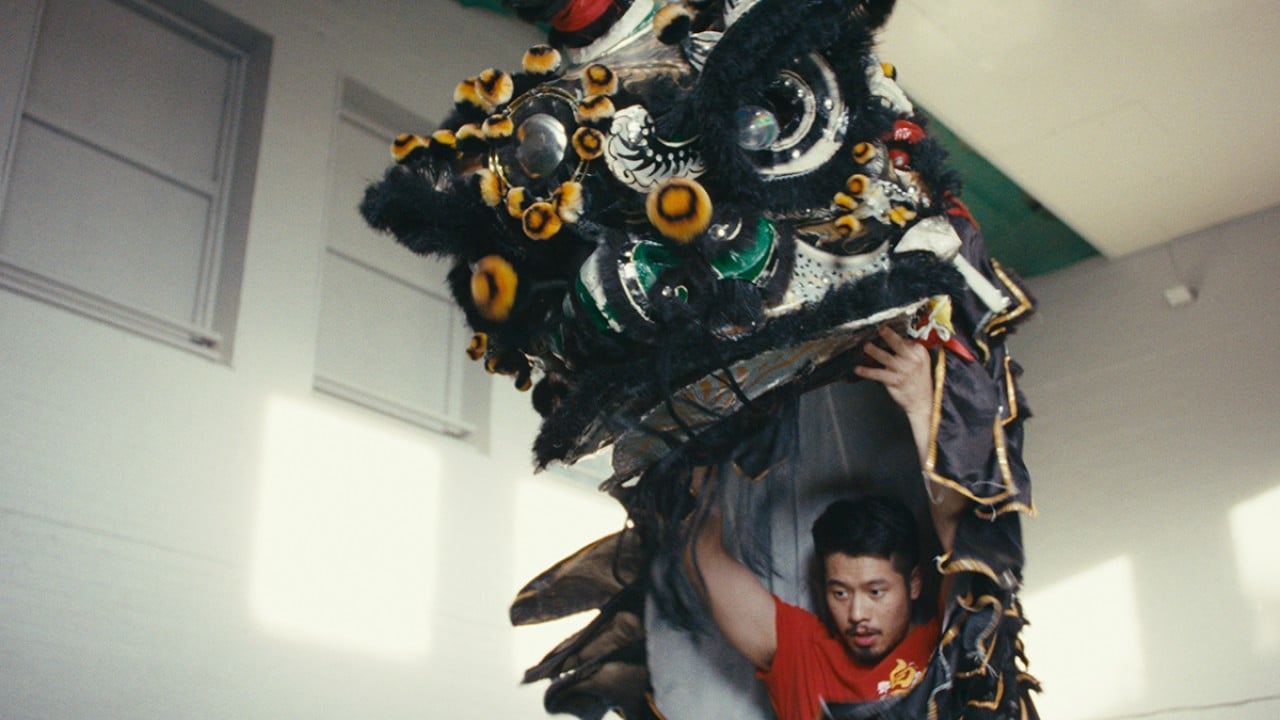It is a well-known ancient art form, and now, the lion dance is set to be jointly nominated by China and Malaysia for Unesco’s intangible cultural heritage list.
During Chinese Premier Li Qiang’s maiden visit to Malaysia in June, which celebrated 50 years of bilateral diplomatic relations, he and Malaysian Prime Minister Anwar Ibrahim underlined the cultural significance of the dance by signing a joint communique to nominate it for the Unesco Representative List of the Intangible Cultural Heritage of Humanity.
Observers say the move by the two Asian nations highlights the part played by the dance in helping people form social networks in local and diasporic communities, while accentuating the “transnational nature” of Chinese cultural heritage across Southeast Asia and also supporting Chinese-Malaysian ties.
The aim of the list from the UN’s heritage body is to help safeguard inherited traditions and living expressions across civilisations around the world, such as Chinese silk farming, Arabic calligraphy and Thailand’s “nora” dance.
References to the lion dance have been found in writings from as early as the fourth century, including the Chinese literary canon Shujing, also known as the Book of Documents. The tradition is widespread across Southeast Asia, carried by communities that historically originated in southern China.
“Both sides celebrate the lion dance as a form of shared history and jointly promote the safeguarding of the shared heritage,” a statement on the joint nomination said.
Chinese ambassador Ouyang Yujing lauded the move as being able to “better preserve and shine this common heritage in the new times”.
It is not the first time the two countries have worked together to protect a culturally important practice: in 2020 the Wangchuan ceremony, which involves rituals to maintain a sustainable connection between people and the ocean, was added to the Unesco list after a joint nomination by China and Malaysia.
According to Emily Wilcox, a Chinese studies professor at the College of William & Mary in the US state of Virginia, Beijing has promoted the lion dance as a “symbol of Chinese folk culture” since the early 1950s, with the art form popularised in films as well as featured in award-winning routines by Chinese teams in international dance competitions.

“The joint nomination reflects the deep roots of this tradition in both China and Malaysia, as well as the presence of active and vibrant contemporary lion dance communities in both countries,” said Wilcox, who specialises in China’s performing arts and cultural history.
“Joint nominations help to recognise the transnational nature of Chinese cultural heritage and its importance throughout the Southeast Asian region.”
According to Wilcox, the lion dance has become an important part of local Malaysian Chinese cultural life. Malaysian Chinese lion dancers have also contributed to new innovations in dance practices, as well as hosting major international lion dance competitions.
Modern interpretations of the art form – usually presented during festive occasions like weddings, business openings and the Lunar New Year – feature dancers in lion costumes performing culture-soaked acrobatics alongside rhythmic drumming.
Wilcox described the custom as “ritually meaningful”.
“In multicultural Southeast Asian societies, lion dance has at times served as a public expression of Chinese minority identities in the face of pro-assimilationist policies or local bans on Chinese cultural practices,” she said.
Malaysia’s National Culture Policy, introduced in 1970, defines the heart of the country’s identity as being indigenous Malay and Islamic, emphasising an assimilation of the non-Malays into the Malay ethnic group.
“Since the 1990s, Malaysian Chinese have enjoyed increased opportunities for public expression of [their] culture, of which [the] lion dance is an important component … [with] teams forming important social networks in local communities, and helping to sustain the passing down of cultural heritage from one generation to the next,” Wilcox said.
A total of 14 memorandums of understanding (MOU) were signed during Li’s three-day trip to Kuala Lumpur, on topics ranging from the durian trade to semiconductor investments. The joint nomination was a “follow-up” to one of the agreements, according to Koh King Kee, president of the Centre for New Inclusive Asia, a Kuala Lumpur-based think tank.
The MOU, titled “Executive Programme for the Implementation of the Agreement on Cultural Cooperation”, is effective until 2029 and is a “manifestation of the long and close cultural ties between the two countries”, according to Koh.
“Such cultural cooperation between China and Malaysia is not due to geopolitical pressures. It reflects the shared values and long historical ties between the two peoples,” Koh said, noting that bilateral relations are not confined to trade and investment.
“Cultural exchange and cooperation promote people-to-people bonding, which is the foundation of strong bilateral relations, particularly in a multicultural society like Malaysia,” he said.
Koh added that Chinese heritage is “well preserved” in Malaysia, which merges cultures originating in China, India, Islam and the West.
“Lion dance has been accepted by all communities in Malaysia. There are now lion dance teams with members composed mainly of Malays and Indians.”
Malaysia also intends to make a Unesco nomination for the 24 festive drums, a performance that blends drumming with choreography inspired by agricultural workers, Koh said. It references the lunar calendar’s 24 solar terms, created by farmers in ancient China to guide agricultural affairs and farming activities.
“As the performance is rooted in ancient Chinese traditions, it stands a better chance of being incorporated into the list if a submission is made jointly by Malaysia and China,” he said.



